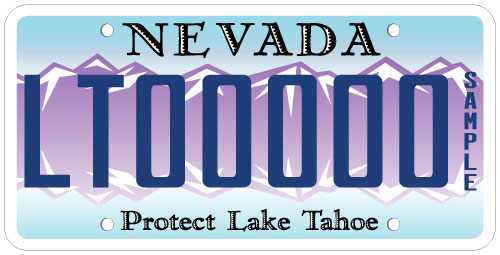Tahoe Plate
Tahoe Plate

Placeholder for the redirect to the Lake Tahoe License Plate Program.
Would you like to use State land for recreational or commercial purposes? Do you represent another State agency and need a Certification or have a question about State land that your agency manages? Click below for additional information.
Learn MoreAuthorizations & Permitting
State Land Use Planning services include technical assistance, stakeholder coordination, and facilitation of a broad spectrum of State, federal, and local land use and natural resource issues.
Learn MoreLand Use Planning
Resource programs have been developed to manage our state’s unique and sensitive habitats. Through these programs we implement and monitor environmental restoration and protection as well as collaborate and cooperate with many state, federal, local and private partners.
Learn MoreResource Programs

State Lands oversees a diverse range of programs to support Nevada’s natural resources. With 19 employees, we strive to provide excellent statewide service to our broad range of customers.
Learn More